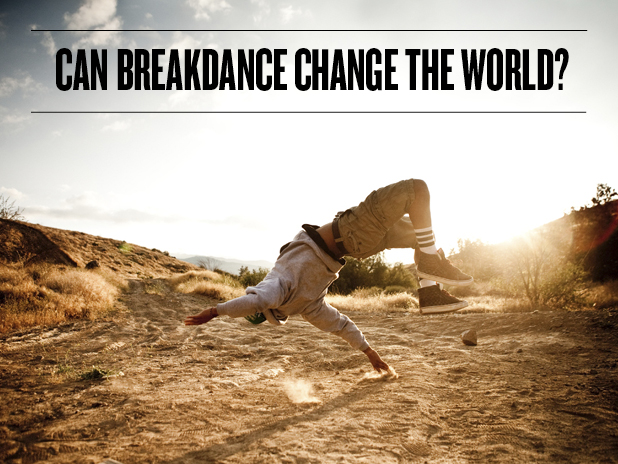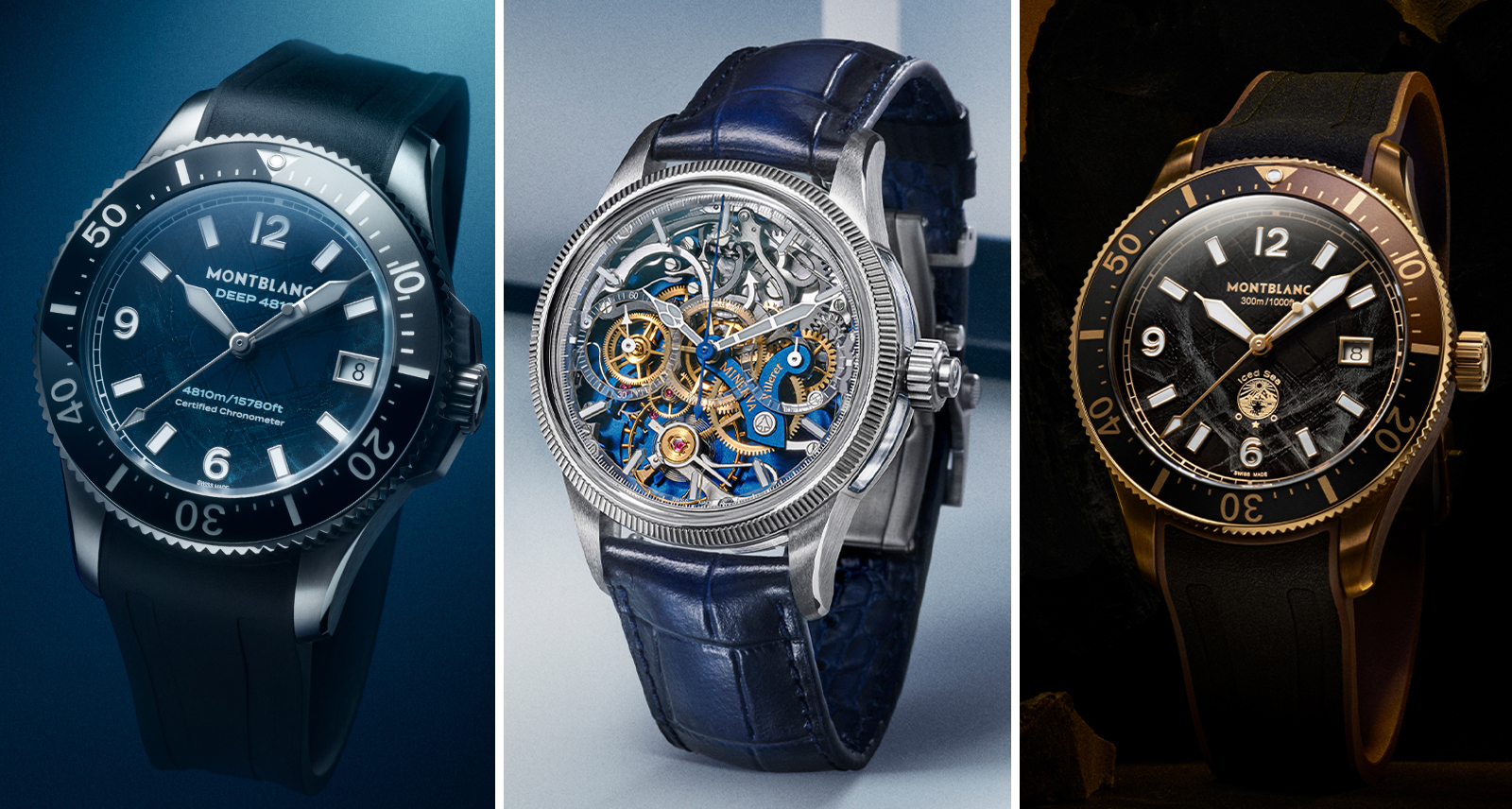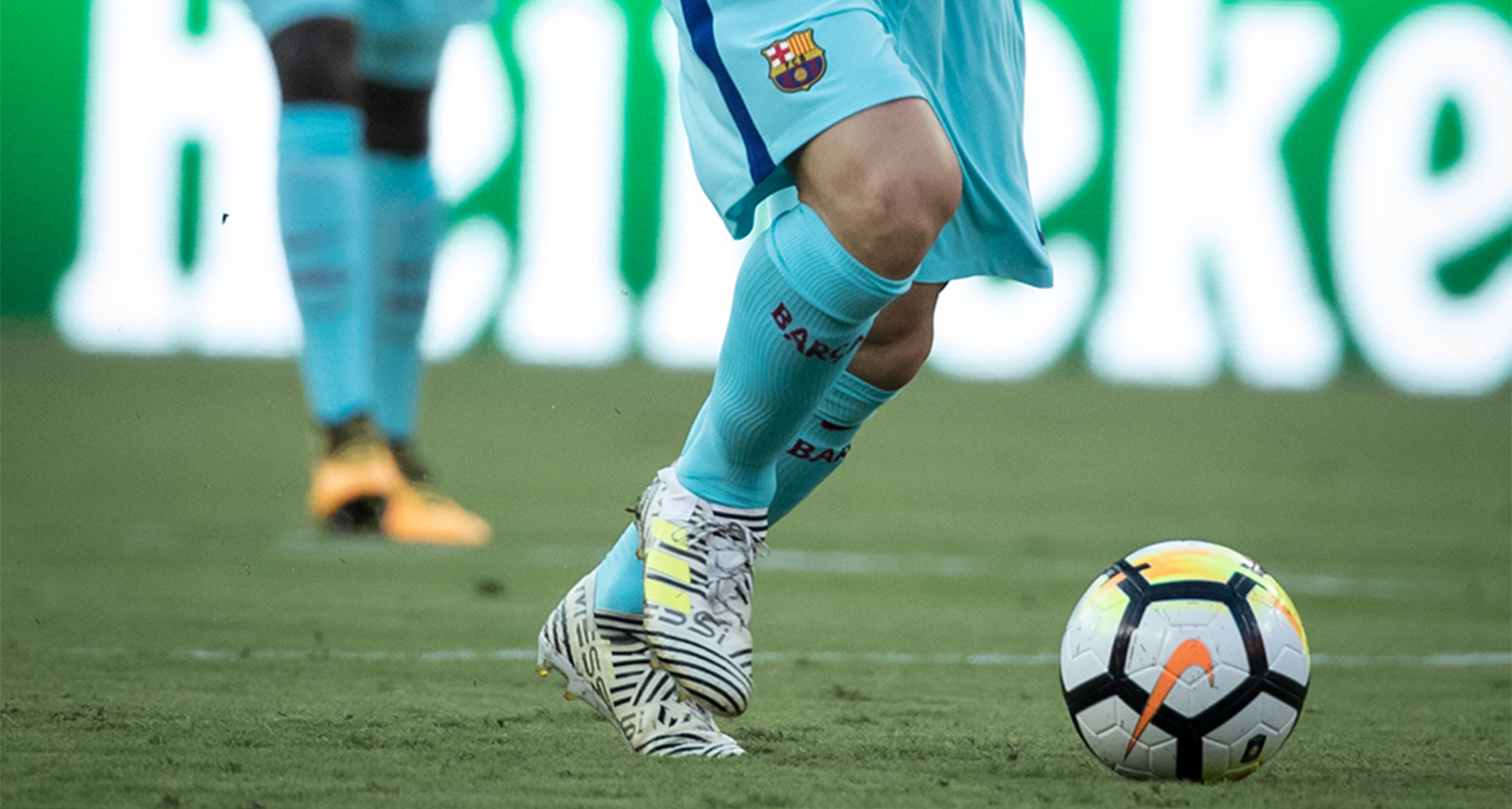Can Breakdance Change the World?
For six years, rookie director Adam Sjöberg ambled across the globe—to Uganda, Cambodia, Colombia and Yemen—to capture the sweeping positive effects hip-hop and breakdancing have had on third-world communities. The result is Shake the Dust, a buoyant, fast-paced documentary that premiered at TIFF on Friday to a small crowd of buyers, journalists and one hip-hop legend: Queens rapper Nas, who executive produced the film.
After the screening, with a celebratory drink in hand, Sjöberg caught up with Sharp about the challenges of making his sprawling debut, the biggest misconceptions about both hip-hop and developing nations, and what it was like working up close with a rap icon.
Where did the kernel for the film first come from?
I had been doing a bit of traveling and working on documentaries that were issue-focused, and I was getting a little frustrated by the lopsided view that I had received growing up, compared to what I was experiencing overseas.
One of the beautiful things about documentaries is the ability to open up people’s worlds to tragic things that are happening that you wouldn’t otherwise know about. But, I was frustrated by how much I loved these places I was going to and loved the people that I was meeting, and yet a lot of the films I’d seen painted them in a way that made the viewer look down on them. That didn’t seem right to me.
Six years ago, I had the idea to make a film about kids around the world telling their own story in a way that was hopeful without being trite—that gave a more complete, dignifying version of the picture without undermining the challenges they faced. I always loved hip-hop, and I started going down a rabbit hole on the Internet finding all of these breakdancers all over the world. YouTube has become the great connector for breakdancers—it’s how a lot of them learn to dance. I was like, “that’s it—this is the story.”
I bought a ticket to Uganda, and literally showed up one day, asked around and found out about this guy Abramz, who had started an organization called Breakdance Project Uganda. I went there and told him, “Hey, I want to make this film. Will you do it?” I filmed in Uganda, then used the footage I got there to sell myself to these other break-dancers across the world. All told, it took me five years doing trips here and there whenever I could get away.
Hip-hop is a distinctly American art form, but as Shake the Dust proves, its reach extends farther than most might think possible. What is it about hip-hop and b-boying that gives both such a universal appeal?
With breakdancing, it’s a little bit like soccer in that you don’t need much to do it—you just need your body. With beatboxing, too, you don’t really need much. With rapping, you just need your mind. That’s one huge reason that hip-hop has spread.
I think there’s a spirit to hip-hop that the mainstream often doesn’t know about that has this very rich, socially-conscious core. Hip-hop heads know it, but the general public doesn’t always understand that. This is an art form that grew out of impoverished areas, and some of the earliest hip-hop songs were a combination of party music and poetry and prophecy—they were all three of these things.
To what extent do you think hip-hop and breakdancing have the ability to enact social change?
I know this sounds trite, but I’ve seen it again and again: breakdancing builds self-esteem. When a kid learns how to do a head-spin or a power move or a top-rock or anything, he feels that sense of self-esteem that kids growing up the slums don’t often get. Kids that grow up in the suburbs in America are told all the time that they’re special. That doesn’t happen to a lot of kids around the world. But breakdancing makes them feel like they can do things they didn’t know they could do.
It also builds community. One of the biggest problems in a slum is that that sense of community is broken down, and with a breakdance crew—if you didn’t have a family, now you do. Your crew becomes your surrogate family.
What sort of light do you hope Shake The Dust will shed on the communities and developing nations it portrays? Ultimately, what do you hope viewers will take away from the film?
When people see the film, they’ll notice that it isn’t aimed at one issue. It isn’t about HIV in Africa, or the drug wars in Central America. It was never my intention to highlight a specific cause. I think the exciting thing about this platform is that there are non-profits that have formed out of these breakdance crews across the globe that we can now use this platform to help support what they’re doing.
These are organizations that were started by Ugandans, by Colombians, by Cambodians—it’s not somebody coming in and telling them, “This is how you should do it. Here’s a bunch of money and this is how you should fix your problems.” In Uganda, they still have almost zero funding right now, and they’ve still managed to stay a fully functional organization that’s had about 100 kids come every Monday and Wednesday night for seven years. If we can help heighten what they’re already doing, that’s super exciting to me.
Ultimately, the larger message of the film is what I’m most excited about. Anything we can do to financially to help these amazing organizations is awesome, and that’s what we’re going to work to do. But, I also hope that the West is really impacted by it in terms of their mentality. I hope they look at it and think, “Wow, I did not see these places in this light before.”
How did Nas come on board as an executive producer, and what role did he play in terms of shaping the film creatively?
I’d worked with a client that had a connection to Nas, and on a whim we sent him some teaser footage to watch. I never thought anything would come of it, but we got a call back from his team saying that Nas loved the teaser, and we set up a meeting where he said, “This looks like it could be an amazing film, I’d love to help in any way I can.”
Nas has been amazing. He’s really surprised me in how much he stepped up—and has continued to step up—to offer whatever we need. He’s given creative notes and put the full weight of his brand and clout in the hip-hop world to make sure these kids’ stories are told. On more than one occasion, he’s put the emphasis away from himself and back on the kids, even in just personal conversations we’ve had, which has been awesome.
What has it been like for you, personally, as a hip-hop head to work so closely with a legend like him?
Oh my gosh, it’s been insane. I feel like, since I’m the director, I have to stay cool and try to be chill, you know? [Laughs.] But also, having hung out with these kids all around the world and seen just how damn cool they are, I honestly sometimes feel like, “Well yeah, duh, of course Nas wants to be part of this!”
Now that the film is completed, what have been your biggest takeaways on both a personal and professional level?
On a filmmaking level, this is my documentary feature film debut. It’s my baby that I worked on for six years, so that alone feels profound to finally be able to show it to people. And certainly, being my first real stab at cutting a movie together, there was a steep learning curve. The documentary I’m working on now has only one character in it, which is really convenient compared to weaving together 20-odd kids in four separate countries with four separate languages. [Laughs.]
Personally, the process of making this film was, without a doubt, life-changing. Having breakdancing as a tool to enter into these communities was amazing. I could go to a foreign country, find a community of breakdancers on YouTube or Facebook, and once I showed them my trailer they’d be like, “Yeah, totally, come hang out!” I’d instantly have 20 new friends in a random country. So, I’m sad that that’s over, but it also taught me how to get out of my comfort zone and meet people I never would have otherwise.
Did you wind up learning to breakdance at all yourself?
Nope. [Laughs.] Inevitably, the crews would always make me jump into the circle and I’d wind up making a fool of myself. I love to dance, but I’m not a breakdancer.
~~
The Shake the Dust reception was held at the Bootsy Bellows Pop-Up at Everleigh, sponsored in part by Hennessey and WE-DIFR.










